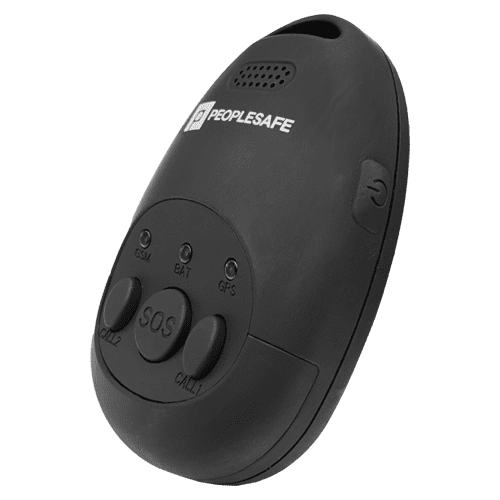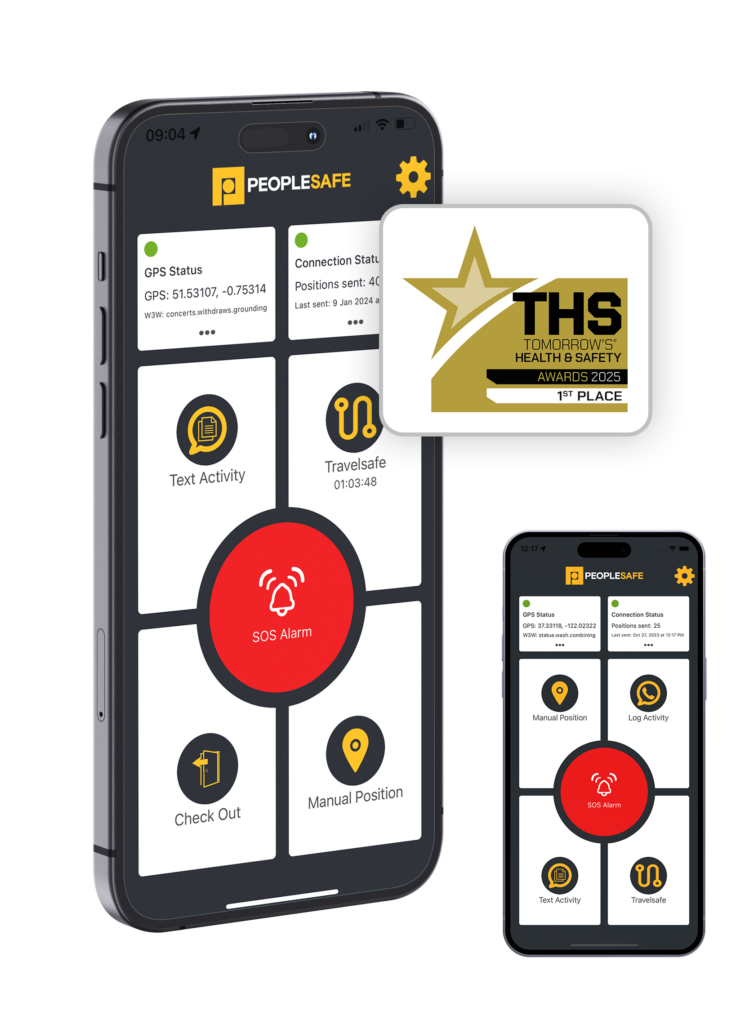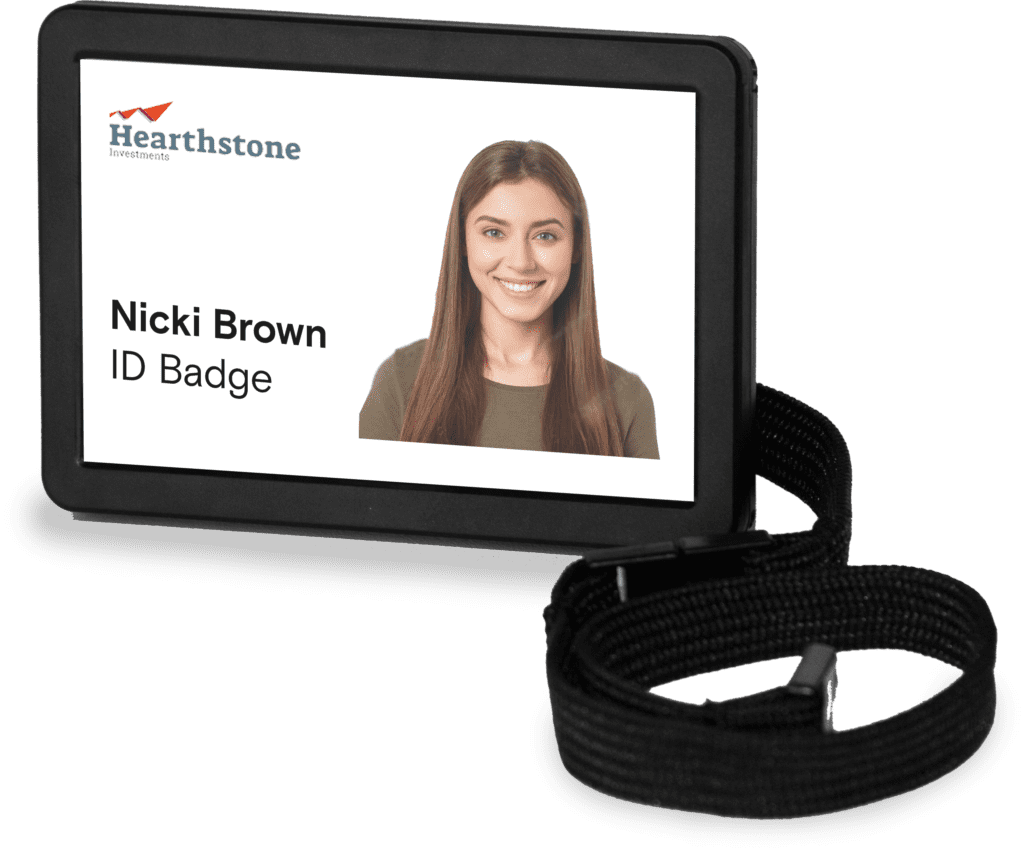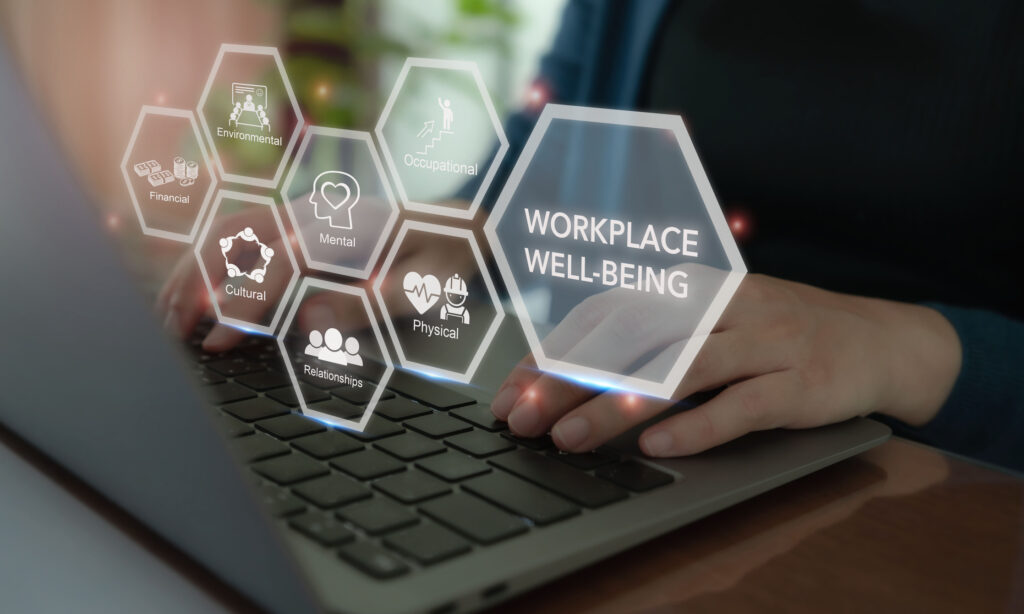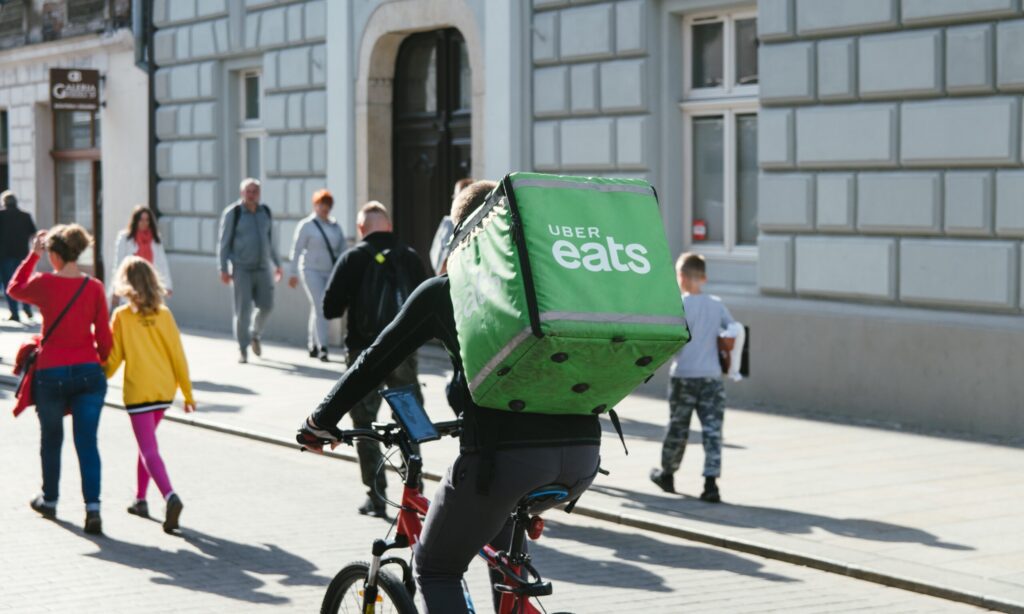Using a Personal Safety Service to Protect Against Medical Emergencies
When thinking about personal safety, we often focus on physical threats, but it’s equally important to safeguard our health. Medical emergencies can strike at any moment, catching us off guard and potentially leading to severe consequences.
For those suffering from ongoing medical conditions, working alone, ‘in the field’ or at home, can be daunting as there may be no one around to help if they become ill. However, one way that organisations can protect these employees is by implementing a comprehensive personal safety service, such as Peoplesafe.
Here are some ways that leveraging an accredited personal safety service can protect against medical emergencies.
Two-Way Communication
In the event of a medical emergency, the user can raise an alarm at the touch of a button on a dedicated device or app. This will open a two-way communication channel, allowing users to speak directly to an expertly trained Alarm Controller
This real-time interaction allows the user to relay what has happened, ensuring that the Alarm Receiving Centre (ARC) can coordinate the appropriate response. It also means that the Controller can provide reassurance and updates until help arrives, keeping the user calm and informed.
GPS Positioning
All Peoplesafe personal safety apps and devices utilise GPS positioning and have integration with What3Words, allowing location accuracy of 5m² everywhere in the world. By accurately pinpointing the user’s location, emergency services can confidently be dispatched, minimising response times during critical situations and ensuring that help reaches individuals wherever they are.
For those frequently working in different locations (e.g. engineers, district nurses or delivery drivers), this feature eliminates the uncertainty of not knowing their exact position, adding an extra layer of assurance. Some devices are also fitted with Wi-Fi positioning technology, providing even more accurate location information indoors.
Record Existing Health Information
With Peoplesafe, all users have a profile on Nexus, which contains information such as the user’s name, job role, known risks and any existing medical information.
When an alarm is raised, Alarm Controllers in the Peoplesafe ARC can access this information, providing crucial background information on the potential issue. This proves invaluable in life-threatening situations, where providing emergency services with immediate, accurate information is paramount to saving time and enhancing the precision of treatment.
User Example
For example, a user with a known severe allergy raises an alarm as they suddenly begin to feel unwell. They are experiencing symptoms such as difficulty breathing and struggle to articulate their condition, but fortunately, the controller gained immediate access to the user’s personal profile which details vital information about their medical history.
Using this information, the controller is able to contact the emergency services directly and relay crucial details such as the person’s allergy, prior medical interventions, and prescribed medications.
This speed of this information provides emergency responders with valuable insights, enabling them to quickly identify the problem and provide treatment. This saves critical time and has the potential to significantly improve the overall outcome for the individual in distress.
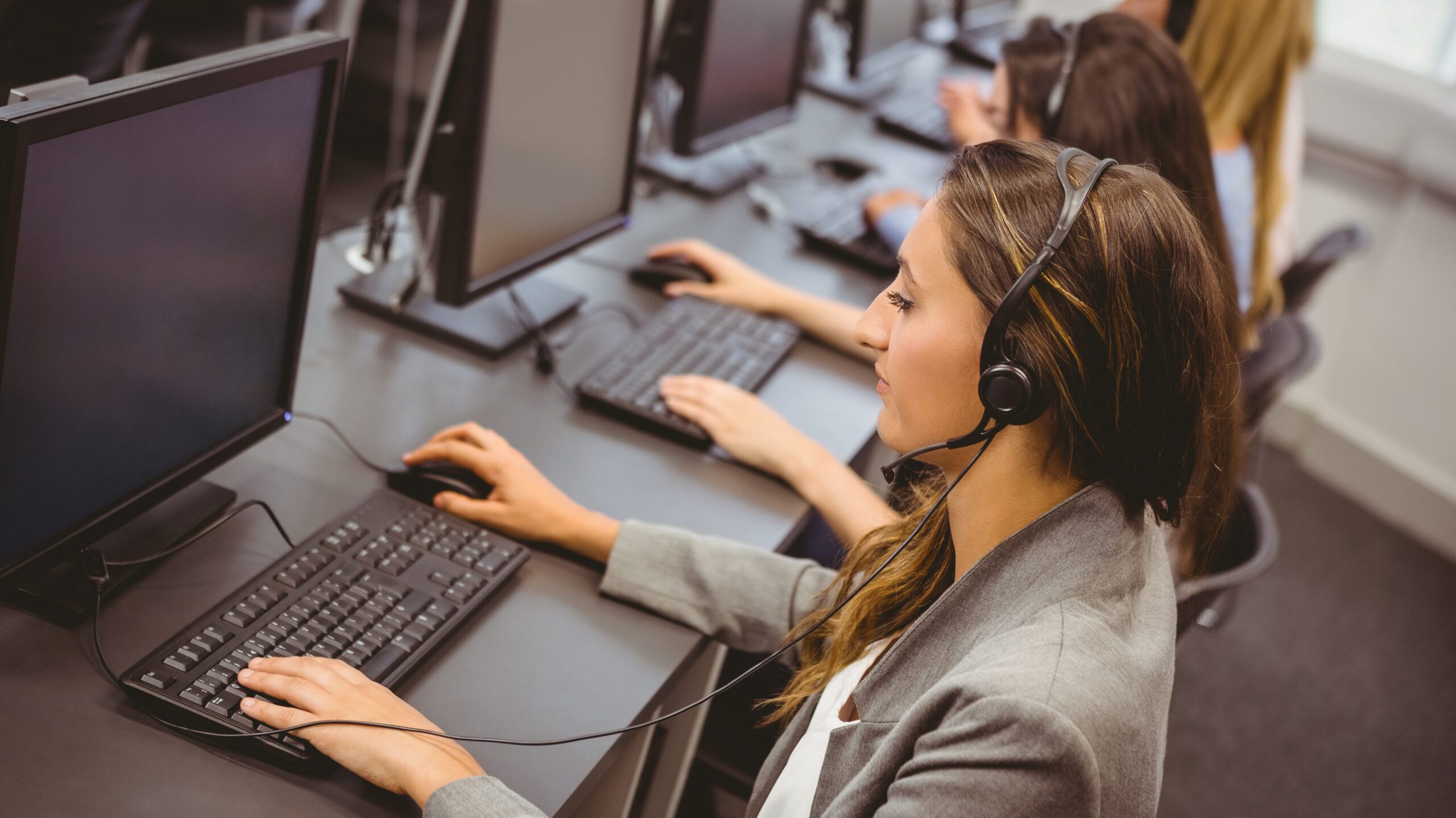
Fall Detection Technology
Falls are commonly involved in medical emergencies, either being the cause of injury or a result of a medical incident, particularly in older adults. For example, a study published in the British Journal of General Practice found that 38% of falls in older adults attending an emergency department were due to a medical condition. Additionally, the HSE reports that 32% of all non-fatal injuries at work are caused by slips, trips or falls on the same level.
Personal safety services equipped with fall detection technology can automatically detect a slip, trip or fall and raise an alarm.
This means that help can be sent without the user having to manually raise an alarm. This immediate response can be life-saving, especially for those who live or work alone as it ensures that help is on the way without any delay.
Morrisons Case Study
In 2023, Morrisons faced a £3.5 million fine for neglecting safety responsibilities towards a vulnerable employee, Matthew Gunn, who tragically fell and suffered fatal head injuries due to a seizure. The court found Morrisons aware of Matthew’s epilepsy, emphasising missed preventive measures and failure to conduct a proper risk assessment that considered the potential risks faced by an employee with epilepsy.
This incident highlights the vital role of fall detection technology in ensuring immediate assistance in emergencies and serves as a reminder to all employers about the imperative of complying with health and safety duties.
Wearable Technology
Peoplesafe’s devices can be worn in a variety of ways, such as on a belt holster, pendant or shirt clip. Additionally, the Peoplesafe lone worker app can be paired with an Apple Watch or a wearable Bluetooth button, making it easy for users to raise an alarm even when they can’t access their phone.
Wearable devices provide users with quicker and easier access to their SOS button, especially for those who may not have immediate access to pockets while working. In a medical emergency, having this immediate access is crucial.
Peace of Mind
Peoplesafe operates 24/7/365, ensuring users have access to the service not only during working hours but also in their personal lives—whether they’re socialising, exercising, or at home. This constant availability provides users with the reassurance that help is just a button press away at any time of day, no matter if they are working or not.
This benefits mental health, helps organisations fulfil their duty of care by underscoring a commitment to employee safety, and acts as an additional employee benefit to help boost recruitment and retention.
User Stories
Read some real-life examples of where Peoplesafe has provided critical support in medical emergencies:
Sudden Heart Attack
A delivery driver was sitting in his van when he began feeling very dizzy and started to experience shortness of breath. The user was unable to reach his phone, so he activated his alarm and informed the Alarm Controller of how he was feeling. The Controller then contacted the emergency services for the user and passed over the information, including details of the driver’s location and medical information from his Nexus.
While waiting for the ambulance to arrive the user started to feel even more unwell. The ARC Controller stayed on the line to keep the user alert and reassured; meanwhile, another team member contacted the user’s manager to inform them of the situation. The Controller remained on the line with the user until paramedics arrived and provided medical assistance. The user was experiencing a heart attack and without being able to call for help easily, would not have survived.
Asthma Attack
A warehouse operative raised an alarm as they had recently had an asthma attack and were still feeling very unwell. The Alarm Controller was able to see the user’s medical information on their Nexus profile and advised that they sit down with their inhaler. The controller then asked the user questions to assess the situation and determine if emergency help was required.
The user confirmed that they did not require an ambulance, so the Controller followed their escalation procedure and contacted a manager, who was able to attend the user’s location to provide in-person support. Once the manager had arrived the user confirmed they were happy for the alarm to be closed. Before ending the call, the Controller reminded the user to reactivate their device if their condition worsened.

